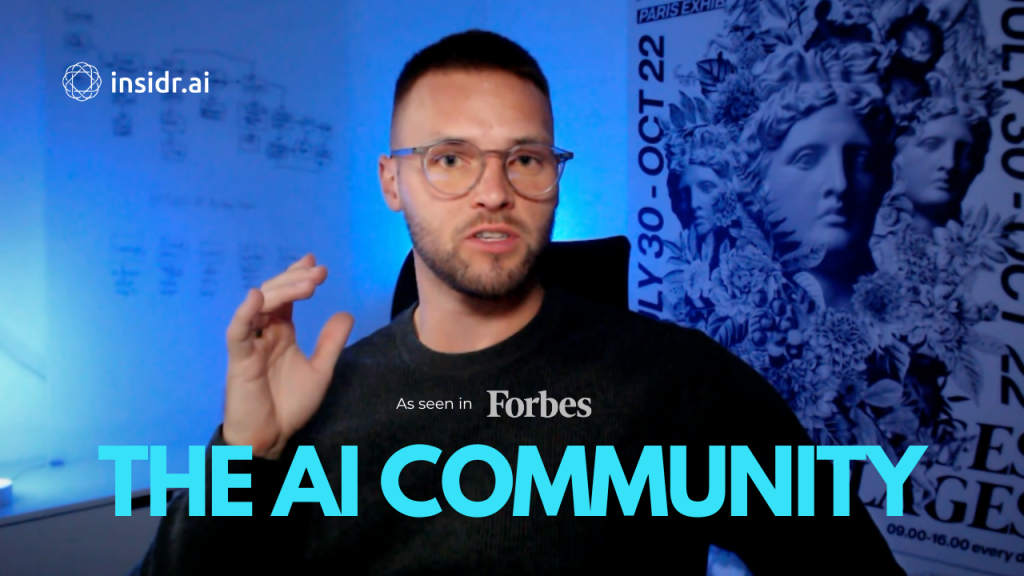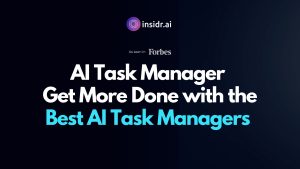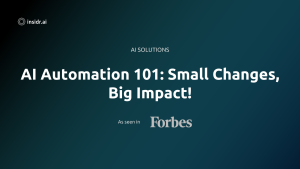Midjourney vs. Stable Diffusion
In today’s fast-moving world of technology, two names stand out for the best AI image generation: Stable Diffusion and MidJourney. These tools have revolutionized how we create images, blending artificial intelligence with artistry.
They generate images that range from realistic to the heights of imaginative art. Whether you’re a professional artist or just someone fascinated by AI art, understanding these tools can be both intriguing and beneficial.
Let’s dive into what these AI image generators are and how they are changing the landscape of digital art and image editing.
What is Stable Diffusion?
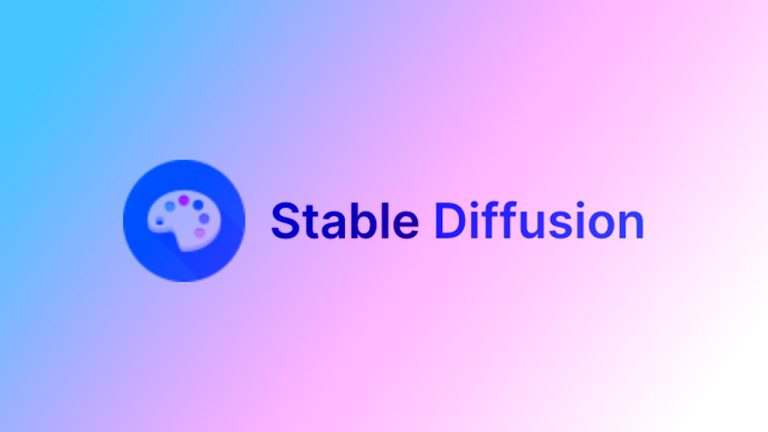
Stable Diffusion is a cutting-edge tool in the AI image generator market. It’s known for its ability to generate high-quality images that are often indistinguishable from those created by human artists.
This tool uses advanced AI technology, specifically diffusion models, to create images.
How does it work?
Well, think of Stable Diffusion as a highly skilled artist who can create any image you can describe. You provide a text prompt, and it uses its AI brain to generate an image that matches your description.
The technology behind this is both complex and fascinating. It uses what’s called a diffusion process, transforming random noise into detailed images. This process ensures that the images generated have fine details and high image quality.
Stable Diffusion isn’t just about creating realistic images. It’s also capable of producing a range of artistic images, from concept art to photorealistic images. Its versatility allows for a wide range of creative endeavors, from digital painting to explicit images.
The tool has become popular in the past few months, especially among creative professionals who appreciate its ability to create variations and its user control features.
What is MidJourney?
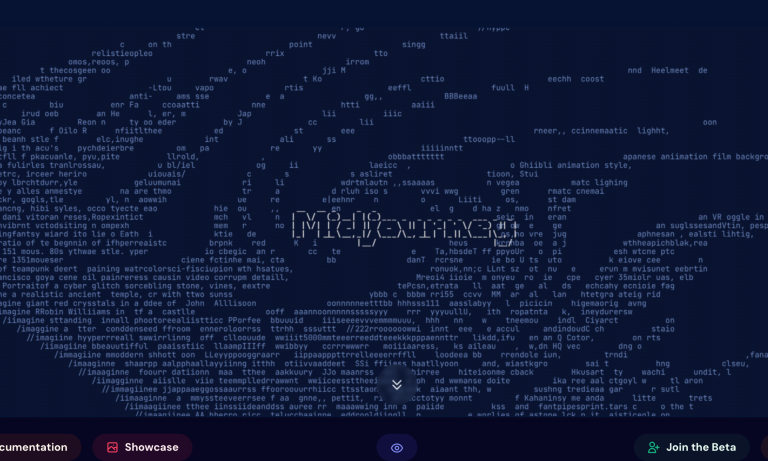
Moving on to MidJourney, this AI image generator is making waves for its unique approach to generating images.
MidJourney stands out for its ability to create highly artistic images, blending various art styles and visual elements. It’s like having an artist who can paint in any style you can imagine.
How does it work?
MidJourney uses a slightly different approach compared to Stable Diffusion. It focuses on generating images that are not just high in quality but also rich in artistic expression. The technology used by MidJourney includes advanced AI frameworks and model variants, which enable it to understand and interpret text prompts in a way that results in visually stunning images.
One of the key features of MidJourney is its ability to create images that push the boundaries of traditional art. Whether you’re looking to generate images for concept art, digital painting, or even realistic images, MidJourney offers a range of editing features and controls.
This tool is ideal for those who want to experiment with different styles and create their own unique images. Its ability to run on your own computer and offer diverse outputs makes it a favorite among those who are exploring AI-generated art for personal or professional purposes.
Midjourney vs Stable Diffusion: Which One Provides Better Image Quality and Resolution?

Image Quality and Resolution
1. Midjourney:
- Higher-Quality Images: Midjourney is known for producing images of higher quality with more realistic shading and fewer visual artifacts.
- Control Over Generation Process: It offers more control over the image generation process, leading to consistently better results.
- Fine Details: Midjourney images tend to have fine details, achieved by utilizing lighting and lens descriptions during the generation process.
- Artistic Tendency: The images are more abstract and artistic, aligning with creative needs.
2. Stable Diffusion:
- Variability in Quality: While Stable Diffusion also produces high-quality images, the results can vary based on input and customization options.
- Reducing Artifacts: Focuses on reducing image artifacts and blurring to create natural-looking images.
- Open-source and Free: It is open-source and free, providing a broad range of art models to generate different art styles.
Midjourney vs Stable Diffusion: Speed and Performance
1. Midjourney
- User-friendliness: Easier to generate good images with fine details, suitable for users who prioritize control and user-friendliness.
- Model Variants: Offers only a few tens of model variants, focusing on refining intermediate images
2. Stable Diffusion
- Faster Training: Requires more effort to construct an adequate prompt but offers faster training, ideal for users who prioritize speed and consistent high-quality results.
- In-depth Customization: Offers extensive image customization options, from image size to the strictness of AI in the following prompts.
Midjourney vs Stable Diffusion: Which One Has Better Features
Comparing the features of Midjourney and Stable Diffusion reveals several differences in their capabilities and user experiences.
1. Image Customization and Editing
Stable Diffusion offers a wider range of image customization options, including modifying image size, adjusting prompt adherence, and experimenting with different seed values and samplers. It also provides extensive image editing options like inpainting, outpainting, and instruct-pix2pix models.
Midjourney, in contrast, allows users to adjust the aspect ratio, seed, and early stopping but does not support image editing.
2. Ease of Use and Accessibility
Midjourney has gained recognition for its capacity to effortlessly generate detailed and visually captivating images, even when provided with incomplete prompts.
It uses Discord as its interface, which is somewhat user-friendly but less so than AUTOMATIC1111, the interface for Stable Diffusion.
Stable Diffusion may require more effort in crafting effective prompts and experimenting with different models to achieve high-quality images.
3. Model Varieties and Styles
Stable Diffusion has a more extensive range of models, including the open-source model modified into many styles, providing users with over a thousand downloadable models. It offers a wider range of styles including realistic photos and abstract art.
Midjourney has limited model varieties but includes special models like Fiji, test, test, and HD. It defaults to a realistic illustration style but can generate different styles with the right prompts.
4. Cost and Ownership
Midjourney requires a subscription fee of at least $10 per month, and ownership of images varies depending on the subscription level.
Stable Diffusion can be used for free on your computer, and users retain rights to the images they create.
5. Content Flexibility and Creation
Stable Diffusion allows for greater flexibility in generating content, including the ability to create your models.
Midjourney has stricter content filters and does not provide the functionality to create your models.
6. Upscaling and Image-to-Image Functionality
Both platforms offer upscale, but Stable Diffusion has more choices and easier installation of additional upscale.
Stable Diffusion offers image-to-image functionality, while Midjourney does not, providing more flexibility and creative possibilities in Stable Diffusion.
7. Prompt Flexibility and Limit
Midjourney allows the use of an image as a prompt in combination with a text prompt, while Stable Diffusion uses input images for conditioning.
The prompt limit in Midjourney is unclear, whereas Stable Diffusion supports prompts of unlimited length.
In summary, Stable Diffusion offers more features in terms of customization, editing options, model variety, and content flexibility. It also provides free access and retains user rights over generated images.
Midjourney, however, is easier to use for generating visually appealing images with less effort, but it has limitations in terms of model varieties and image editing capabilities.
MidJourney vs Stable Diffusion: Interface and Ease of Use
MidJourney
MidJourney primarily operates through Discord, a popular communication platform. Users interact with MidJourney by joining a Discord server and using specific commands in text channels to generate images.
The interface is largely text-based and command-driven, which might be unconventional for users not familiar with Discord or command-line tools. The visual feedback and results are presented directly in the Discord chat, making it easy to view and share generated images.
Stable Diffusion
Stable Diffusion, being an open-source model, offers various interfaces depending on the implementation. It can be used through command-line interfaces, web-based platforms, or integrated into existing software with plugins.
Some implementations of Stable Diffusion, like AUTOMATIC1111, provide a more graphical and user-friendly interface, making it more accessible to users unfamiliar with coding or command-line tools. The flexibility of Stable Diffusion allows for a range of interfaces, from simple web-based forms to complex integrated systems in professional design environments.
Comparison of Ease of Use for Beginners vs. Advanced Users
For Beginners
- MidJourney: It may initially seem less intuitive for absolute beginners, especially those unfamiliar with Discord. However, once the basic commands are learned, the process becomes straightforward. The limited range of commands simplifies the learning curve.
- Stable Diffusion: The ease of use varies depending on the interface. Web-based platforms can be very beginner-friendly, offering a simple form to fill out. However, command-line interfaces or more complex implementations might require a steeper learning curve.
For Advanced Users
- MidJourney: While easy to start with, advanced users might find the lack of deep technical control limiting. The command-based system does offer some advanced options, but these are not as extensive as those in some implementations of Stable Diffusion.
- Stable Diffusion: Advanced users benefit significantly from Stable Diffusion’s open-source nature. It allows for in-depth customization, integration into complex workflows, and even modification of the model itself. This flexibility is a substantial advantage for professionals or technically proficient users.
MidJourney vs Stable Diffusion: Accessibility and Platform Support
MidJourney
- Web-Based: MidJourney operates primarily through Discord, which is accessible via web browsers. This makes it platform-independent as long as the user has access to Discord through a web browser.
- Desktop: Discord’s desktop application supports MidJourney, allowing users to access it on Windows, macOS, and Linux.
- Mobile: MidJourney is also accessible on mobile devices through the Discord mobile app, available for iOS and Android.
Stable Diffusion
- Web-Based: Stable Diffusion can be used through various web interfaces created by different developers and organizations. These web-based platforms are accessible on any system with a web browser.
- Desktop: As an open-source model, Stable Diffusion can be installed and run directly on desktop computers. It requires a certain level of technical knowledge to set up and run, especially on Windows, macOS, and Linux systems.
- Mobile: Mobile access to Stable Diffusion is less common due to its computational requirements. However, remote access to a server running Stable Diffusion or web-based interfaces can be used on mobile devices.
System Requirements and Accessibility Features
Being a cloud-based service accessed via Discord, MidJourney doesn’t require significant system resources from the user’s end.
A stable internet connection and a device capable of running Discord are sufficient. MidJourney’s accessibility is tied to Discord’s features. Discord offers various accessibility features, including text-to-speech, screen reader support, and customizable fonts and colors.
Running Stable Diffusion locally demands more substantial system resources, especially a powerful GPU for efficient processing. The requirements vary based on the complexity of tasks and the specific implementation used.
Accessibility for Stable Diffusion depends on the interface used. Web interfaces may offer various accessibility features, but command-line tools might be less accessible to users with disabilities. The open-source nature allows for potential customization to improve accessibility, but this requires additional development effort.
Pros and Cons of Midjourney
Pros of Midjourney
- Generating High-Quality Images: Midjourney excels in generating AI-generated images that are often of superior output quality. Its ability to produce high-resolution images is particularly noteworthy, making it a preferred choice for generating diverse visual content.
- Artistic Flair: Unlike Stable Diffusion, Midjourney has a strong focus on artistic expression. This closed-source model tends to deliver more abstract and creative outputs, offering a distinct edge in artistic endeavors.
- Ease of Use: The interface and input prompts of Midjourney are designed to be user-friendly, requiring less technical expertise compared to Stable Diffusion. This makes it more accessible to those who may not be on the same level technically.
- Unique Aspect Ratio and Image Size Options: Midjourney provides unique options for aspect ratio and image size, allowing users to customize their own images with greater flexibility.
- Use of Existing Images: Midjourney allows the integration of existing images into the generation process, enabling users to create variations of their original image or incorporate real-world examples into their AI-generated artwork.
Cons of Midjourney
- Closed Source Model Limitations: Being a closed-source model, Midjourney’s training data and internal workings are not as transparent or modifiable as the open-source model of Stable Diffusion. This can limit the potential for customizations and adaptations.
- Less Technical Control: For users with more technical expertise, Midjourney might seem limiting due to its simpler interface and fewer technical control options compared to Stable Diffusion, which offers more features for in-depth customization.
- Subscription Fee: Unlike Stable Diffusion’s free version, Midjourney requires a subscription fee, which might be a drawback for users looking for a cost-free solution.
- Negative Prompt Limitations: Midjourney might not be as adept at handling negative prompts or complex, multi-faceted requests, which can be a limitation when generating specific types of content.
- Limited Direct Comparisons: Since Midjourney and Stable Diffusion are fundamentally different in their approach, making direct comparisons, especially in terms of output quality, can be challenging. Users might find that while both can run stable diffusion models effectively, they serve different niches.
- Limited Diversity in Training Data: As a more artistically inclined tool, Midjourney’s training data might be skewed towards certain styles, which could limit its ability to generate diverse visual content compared to a more comprehensive diffusion model like Stable Diffusion.
Pros and Cons of Stable Diffusion
Pros of Stable Diffusion
- Improved Control and Predictability: Stable Diffusion AI offers a high level of control and predictability, facilitating a better understanding and manipulation of the system for more accurate results.
- Efficiency: The processes within Stable Diffusion AI are stable and well-defined, leading to increased efficiency. This can save time and resources, especially in design tasks that would typically require extensive human input.
- Productivity: The ability to accurately predict outcomes and control processes enhances productivity. This is particularly beneficial for designers in making precise predictions and avoiding potential pitfalls.
- Open Source and Community Support: As a product of Stability AI, the world’s leading open source generative AI company, Stable Diffusion benefits from a large and diverse community. This community of developers and researchers contributes to various cutting-edge AI models, enhancing the tool’s capabilities.
- Versatility of Tools: Stability AI offers a range of products that leverage its open-source models. These include Stable Diffusion, DreamStudio, and various plugins, enabling users to generate and edit high-quality images and other media from text inputs.
Cons of Stable Diffusion
- Complexity: The complexity of Stable Diffusion AI can be a barrier. Understanding and implementing these models require deep knowledge of mathematical and statistical concepts, which may not be accessible to all.
- Limited Applicability in Unpredictable Scenarios: Stable diffusion models are most effective in stable and predictable situations. Their effectiveness can decrease significantly in less predictable scenarios.
- Over-Dependence on AI: There’s a risk of becoming overly reliant on AI for design tasks, potentially stifling human creativity and originality.
- Ethical and Legal Challenges: The open-source nature of Stable Diffusion AI may pose ethical and legal challenges, such as issues related to plagiarism, copyright infringement, misinformation, bias, and privacy.
- Technical and Competitive Limitations: Users need to evaluate the quality and suitability of Stable Diffusion AI’s open-source models for their specific needs and be aware of potential technical limitations such as scalability, reliability, accuracy, and novelty.
Final Thoughts
MidJourney and Stable Diffusion represent two pioneering approaches in the AI image generation landscape, each with its own unique strengths and limitations. MidJourney excels in artistic flair and ease of use, offering high-quality, creative outputs with user-friendly interfaces, ideal for those seeking artistic expression with minimal technical involvement.
On the other hand, Stable Diffusion stands out for its open-source nature, offering greater control, customization, and versatility, catering to users who demand technical depth and flexibility in their creative processes.
While each has distinct advantages, the choice between them ultimately depends on the user’s specific needs, technical proficiency, and creative aspirations.








